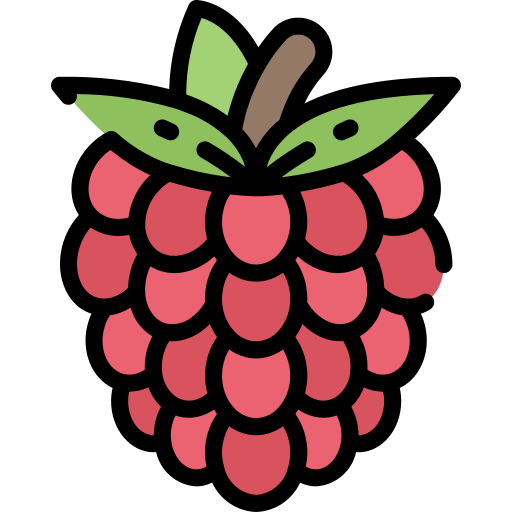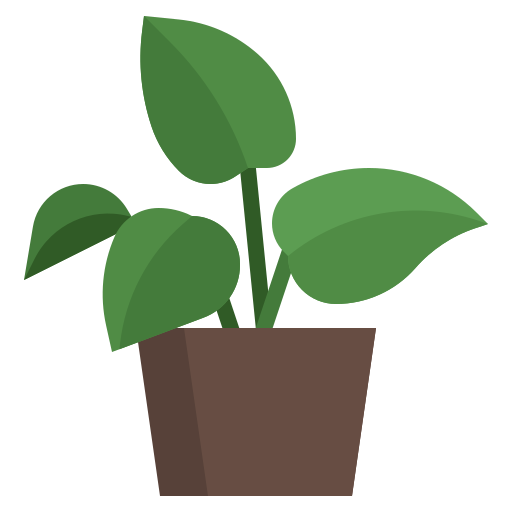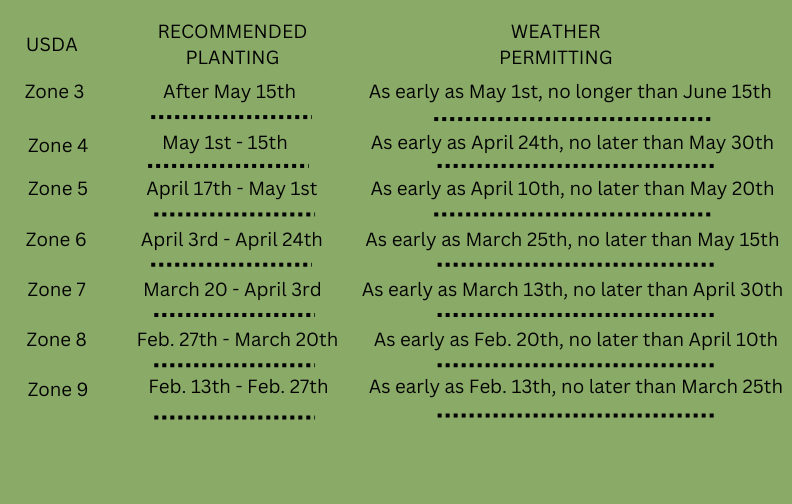Fruit is born on the current year cane, mainly from the cane that has grown in the spring and fall. The goals of pruning are to limit plant height, improve ease of harvest, encourage light penetration into the plant, improve foliage drying, and encourage the formation of lateral branches to maximize fruit production. Canes that are untipped will continue to grow and produce few laterals branches while canes that are headed back will produce more laterals and higher yields. Little research has been conducted to determine the best pruning methods for our region. However, in other production areas, plants usually are limited to one single main stem. Pruning is done during the dormant season to remove spindly canes, remove dead and damaged wood, improve plant shape, and shorten laterals. During the summer, pruning is done to head back growth, encourage lateral formation, and remove new shoots. One of the most important goals pruning is to produce an open canopy structure that allows plenty of sunlight inflitration.
Nearly all fruit develops on new growth.
1st year: Conflicting information. Some say prune, some say don't. Pruning causes lateral branching which requires a lot of "energy". We would rather see the "Energy" of the plant going into good root formation the first year as opposed to trying to promote lateral branching. Therefore our recommendation is to NOT prune the first year.
2nd Year: Select the largest, healthiest stem of the main trunk. If you have one stem, then that's your main trunk. When the main stem reaches about 16", trim off the tip to promote the lateral branching. During the growing season, remove any new lateral branches that are growing at more than a 45-degree angle from the stem. Leave 3-5 lateral branches that are growing less than a 45-degree angle from the stem to promote upward growth. These lateral branches will produce fruit. Select a large, upward growing shoot near where the tip of the main stem was trimmed off to become the third-year main stem.
3rd Year: Follow the grater than, less than, 45-degree angle rule for the entire plant. The long-term goal is to have a nicely shaped plant about six feet tall with a 3' diameter canopy. Remove branches above the height that you want your plant to be. Continue to remove any branches that grow very fasts, straight and smooth as these will not be very productive. Trim canopy stems to keep a foot or more clearance between the canopy and the ground. Remove anu suckers growing up from the ground. These can be transplanted, given to a friend, or thrown away. Your goji plant will quickly become overgrown if these root sprouts are not removed.






